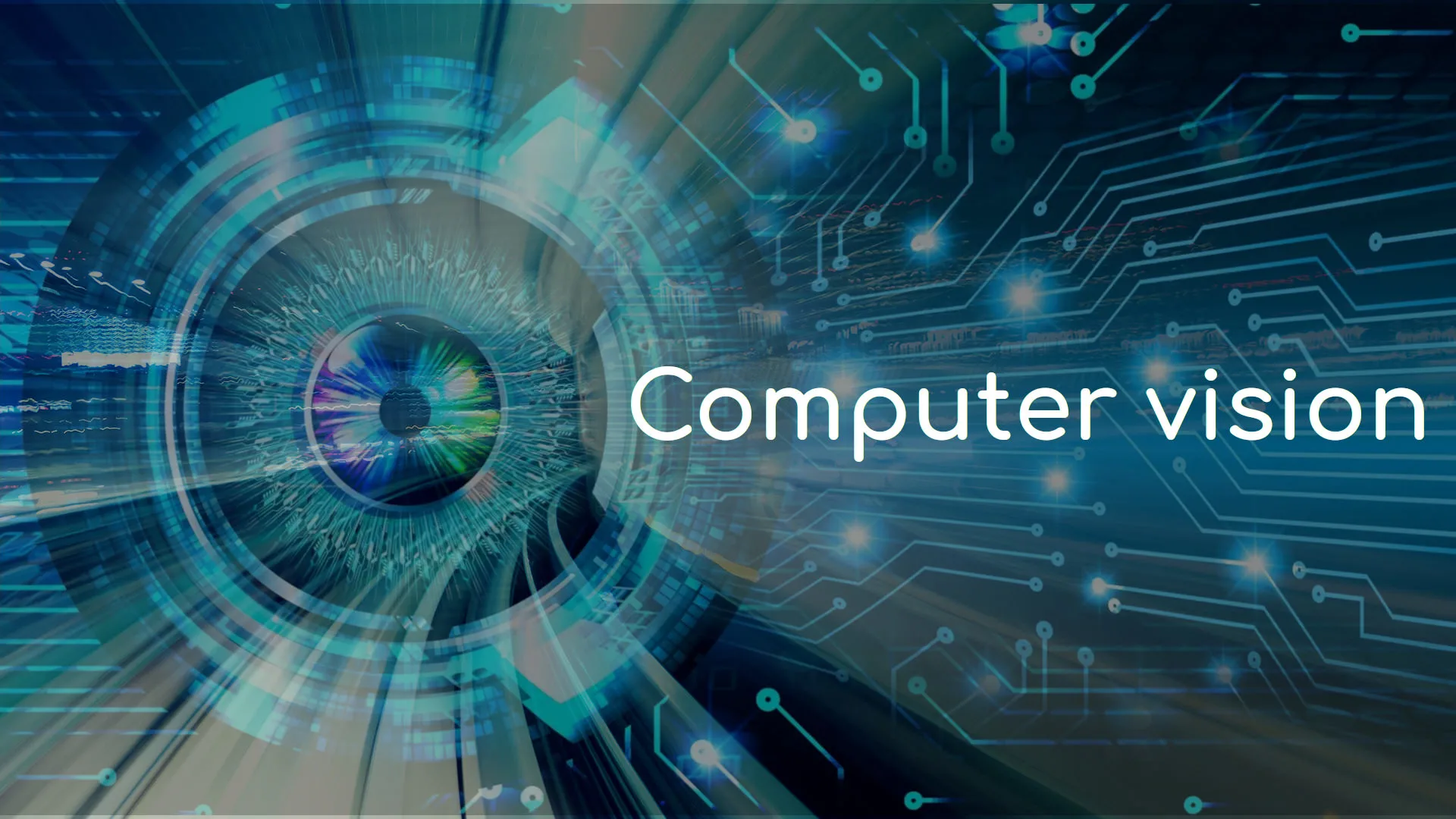How Computer Vision and Image Processing work?6 Most Important Applications.
Introduction
Computer vision and image processing are two closely related fields that deal with the analysis and manipulation of digital images. Both fields have a wide range of applications, from automated surveillance systems to medical imaging. In this article, we will explore the basics of computer vision and image processing, their differences, and their applications.
What is Computer Vision?

Computer vision is a field of study that focuses on enabling computers to interpret and understand digital images or videos. In other words, it is the ability of computers to analyze and process visual data from the world around them. This technology is used in various applications such as autonomous vehicles, facial recognition, and medical imaging.
How Computer Vision Works?
The process includes the acquisition of images, picture preprocessing, feature extraction, and recognition. First, the computer captures the image using a camera or another imaging device. Then, the image is processed to improve its quality and reduce noise. Next, the computer extracts features from the image, such as edges, shapes, or colors. Finally, the computer uses these features to recognize objects in the image or perform other tasks, such as facial recognition.

Applications of Computer Vision
Computer vision has numerous applications in various fields. Some examples include:
Autonomous Vehicles: Computer vision and image processing are crucial for the development of autonomous vehicles, allowing them to recognize and interpret their surroundings in real-time, identify objects such as pedestrians, vehicles, and traffic signals, and make informed decisions based on this information.
Surveillance Systems: Computer vision and image processing play a key role in surveillance systems, allowing cameras to detect and track suspicious behavior, recognize faces, and identify potential threats.
Robotics: Computer vision and image processing are used in robotics to enable robots to perceive and interpret their surroundings, allowing them to navigate and interact with the world in a more intelligent and autonomous manner.
Medical Imaging: Computer vision and image processing are used in medical imaging to analyze and interpret medical images, allowing for more accurate diagnosis and treatment of various diseases and conditions.
Augmented Reality: Computer vision and image processing are used in augmented reality to allow for the real-time overlay of digital information onto the real world, enhancing the user’s perception of their surroundings.
Facial Recognition: Computer vision and image processing are used in facial recognition technology to identify and verify individuals based on their facial features, allowing for more secure access control and identification processes.
What is Image Processing?
Image processing, on the other hand, is the process of manipulating digital images using mathematical algorithms. It involves several operations such as image enhancement, image restoration, image compression, and image segmentation. Image processing is used to improve the quality of images and extract useful information from them.
How Image Processing Works
Image processing involves several steps, including image acquisition, preprocessing, transformation, and analysis. First, the computer captures the image using a camera or another imaging device. Then, the image is processed to improve its quality and reduce noise. Next, the image is transformed using mathematical algorithms, such as Fourier transform or wavelet transform. Finally, the image is analyzed to extract useful information, such as edges, shapes, or textures.
Applications of Image Processing
Image processing has numerous applications in various fields. Some examples include:
Medical Imaging: They are used in medical imaging to analyze and interpret medical images, allowing for more accurate diagnosis and treatment of various diseases and conditions.
Satellite Imaging: Computer vision and image processing are used in satellite imaging to interpret and analyze satellite data, allowing for the monitoring of environmental changes, weather patterns, and more.
Forensic Analysis: They are used in forensic analysis to analyze and enhance images and videos for use in criminal investigations, such as enhancing images of license plates, fingerprints, and faces.
Digital Photography: They are used in digital photography to enhance and manipulate images, allowing for the correction of imperfections and the creation of artistic effects.
Video Compression: They are used in video compression to reduce the size of video files without significantly reducing image quality, allowing for more efficient storage and transmission of video data.
Computer Graphics: Both are used in computer graphics to create and manipulate images and animations for use in film, video games, and other media.
Difference Between Computer Vision and Image Processing

Although computer vision and image processing share some similarities, they have several key differences. Computer vision focuses on the interpretation and understanding of visual data, while image processing focuses on the manipulation of digital images using mathematical algorithms. In other words, computer vision deals with the “what” and “why” of an image, while image processing deals with the “how.”
Conclusion
Computer vision and image processing are two closely related fields that have revolutionized the way we interact with digital images. Computer vision enables computers to interpret and understand visual data, while image processing allows us to manipulate digital images using mathematical algorithms. Both fields have a wide range of applications, from automated surveillance systems to medical imaging, and are expected to continue to evolve and innovate in the future.
FAQs
What is computer vision used for?
It is used in various applications such as autonomous vehicles, facial recognition, and medical imaging.
What is image processing used for?
Image processing is used to improve the quality of images and extract useful information from them.
What distinguishes image processing from computer vision?
Computer vision focuses on the interpretation and understanding of visual data, while image processing focuses on the manipulation of digital images using mathematical algorithms.
What are some common techniques used in image processing?
Some common techniques used in image processing include filtering, segmentation, feature extraction, and compression.

